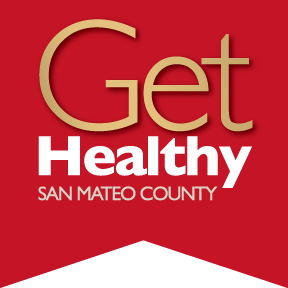That’s a Wrap: Lessons from the Community Collaborative for Children’s Success Planning Process
Over the last year and a half, four communities in San Mateo County have been hard at work looking for solutions to overcome barriers to youth success. Despite busy schedules and competing priorities, over 1,000 community members showed their investment in young people’s futures by taking surveys, attending night meetings, knocking on doors, talking to neighbors and digging deep with their communities to come together around top priorities.
I feel immensely privileged to have managed this planning process and am deeply grateful for the relationships I forged and the insight community members were willing to share. As a County employee in County Health’s Health Policy and Planning unit, I’m often immersed in policy and do not get to connect directly with County residents. The opportunity to engage deeply with community members to co-create the four CCCS Action Plans was an honor I will not forget.
As we wrap up final edits on the last two community plans I want to share the following lessons I will take with me on my personal and professional path following this planning process. I hope they can be even a small bit as useful to you as they were to me.
Government plays a complex role. As County agencies, we provide services and supports to the highest need and most impacted county residents. While our services provide a crucial safety net of care, we need to do a better job of ensuring our services and supports are seamless and easy to navigate so we can be a trauma-informed institution moving towards becoming a healing space. I’m humbled by the depth of impact we have and cognizant of the important role we play in people’s lives, often at difficult times in their lives when they are experiencing a health challenge. I’m also hopeful about the power the public sector has to shape opportunities for equity.
Residents want structural change. The issues that emerged again and again are complex and systemic. People identified the high cost of living and difficulty making ends meet as the number one barrier to young people’s success. Structural racism, feelings of not being safe and a need for trauma-informed systems were other high-level issues that emerged in every community. The over 1,000 people we spoke recognize the larger context that makes success a challenge; such vision requires big actions for systems change.
Community assets are deep. I entered the planning process with the idea that each community was awash in problems and faced profound and intractable need. I wasn’t prepared for the depth of assets each community held—the longstanding relationships and shared history of residents, the thoughtful and connected local community-based organizations, and the profound commitment community members have to young people. I learned that any substantive community work must recognize, lift up and amplify these assets in order to be successful and true to the community.
Trust takes time and work. The relationship between government and community holds lots of potential, but it takes continued investment and requires accountability on all sides. Many community members shared their hesitation with giving time and energy to the initiative because they had been promised big changes by government in the past, only to have those previous promises fizzle out. This process was a reminder to me that we must be fully transparent with community partners and only enter into mutual agreements we have full confidence we can keep, otherwise we erode the public’s trust and the opportunity to work in full collaboration with community.
I’m proud of the work accomplished through the CCCS initiative and eager to implement the community-identified priorities that represent many hours of community members’ time, difficult decisions and the sharing of intensely personal experiences. I’m also so grateful to the CCCS communities for their time and trust. I look forward to continuing to partner with the community as we enact these plans!

